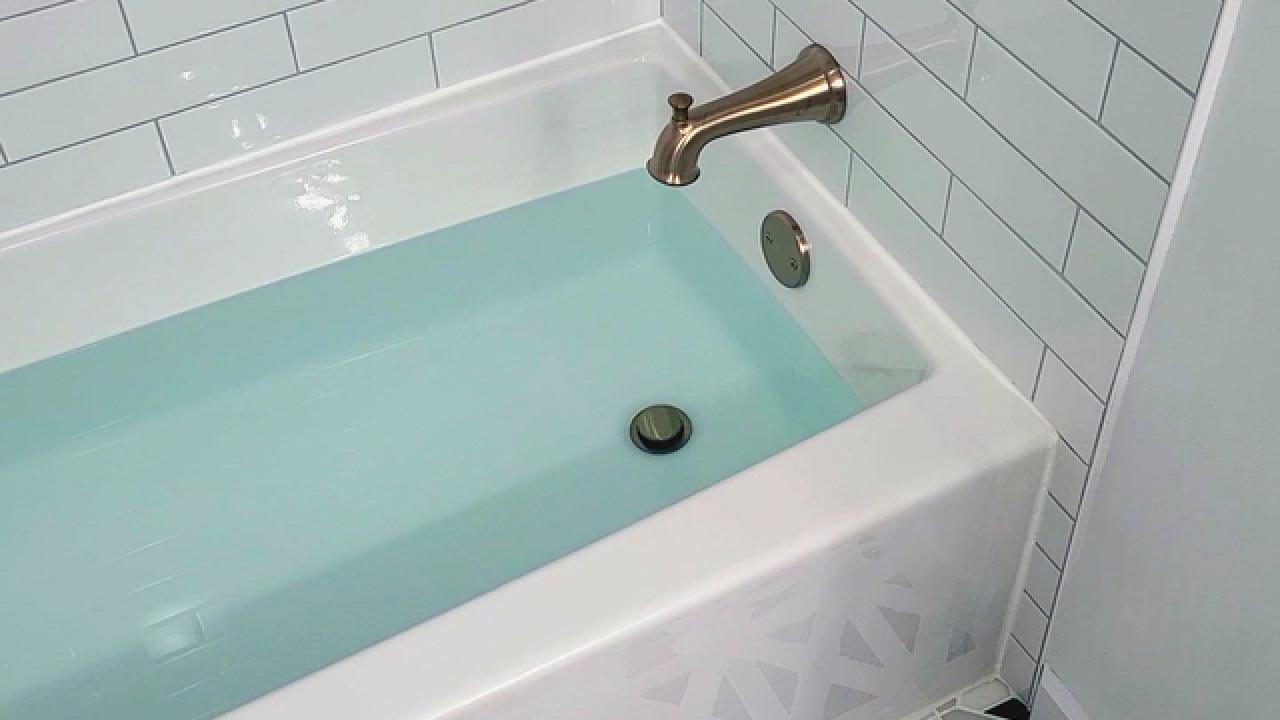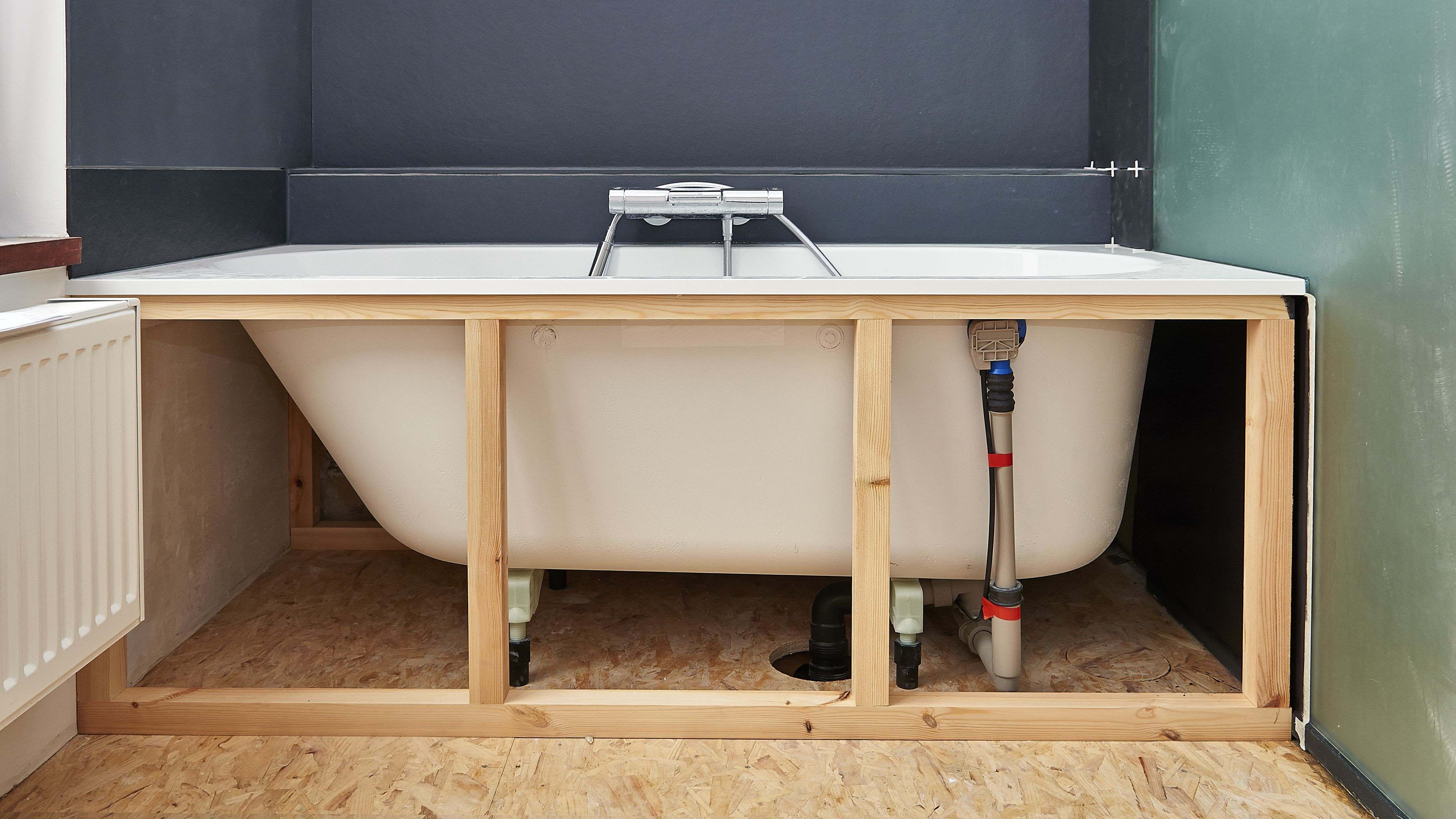A Step-by-Step Overview to Setting Up a Bathtub
A Step-by-Step Overview to Setting Up a Bathtub
Blog Article
In this article below you can discover some superb information regarding A Step-by-Step Guide to Installing a Bathtub.

Setting up a bathtub isn't specifically rocket science, yet it does need solid plumbing, woodworking, as well as in some cases, tiling skills. Changing an old tub with a new one is additionally a moderately difficult task. If the old tub is readily obtainable, the task can relocate immediately; if you have to open up a wall to remove the old bathtub as well as place the brand-new bathtub, the task is a lot harder. In either situation, the project is within a house handyman's skills, although you will certainly need an assistant to move out the old bathtub and embeded in the new one. See to it you have certified yourself for the work as well as fit attempting it. As opposed to employing a contractor to take control of a halfway-completed job, it is far better to consider using one before you start. Chances are you may require an expert plumber to make tube links.
This short article will certainly help you set up a brand-new tub in your washroom if you have currently bought a new bathtub and don't require to change the arrangement of your previous water system pipelines.
Your tools and product list should make up the following:
Removing Old Touches
If you require to replace old taps with brand-new ones as a part of your installation, then the first thing you must do is separate the supply of water. After doing so, switch on the faucets to drain any type of water continuing to be in the system. The procedure of removing the existing taps can be rather bothersome due to the restricted gain access to that is usually the case.
Use a basin wrench (crowsfoot spanner) or a faucet device to reverse the nut that connects the supply pipes to the taps. Have a fabric all set for the continuing to be water that will come from the pipes. When the supply pipelines have actually been gotten rid of, use the same tool to loosen the nut that holds the taps onto the bath/basin. You will certainly require to quit the solitary faucets from transforming during this process. Once the taps have been eliminated, the holes in the bath/basin will need to be cleaned up of any kind of old securing substance.
Prior to going on to fit the brand-new taps, compare the pipe connections on the old taps to the new faucets. If the old taps are longer than the new taps, then a shank adapter is required for the new taps to fit.
Fitting New Taps
If the tails of the new taps are plastic, then you will need a plastic connector to prevent damages to the string. One end of the adapter fits on the plastic tail of the faucet and also the various other end gives a link to the current supply pipelines.
If you need to fit a monobloc, after that you will certainly call for decreasing couplers, which connects the 10mm pipe of the monobloc to the basic 15mm supply pipe.
Next, place the faucet in the placing opening in the bath/basin making sure that the washers are in place between the faucet and also the sink. Protect the tap in place with the manufacturer provided backnut. As soon as the faucet is firmly in place, the supply pipes can be connected to the tails of the faucets. The taps can either be connected by using corrugated copper piping or with typical tap connectors. The previous kind ought to be connected to the faucet finishes first, tightening just by hand. The supply pipelines can later be connected to the other end. Tighten up both ends with a spanner after both ends have been connected.
Installing the Bath tub
Utilizing the two wood boards under its feet, position the tub in the required placement. The wooden boards are helpful in uniformly spreading the weight of the tub over the area of the boards as opposed to concentrating all the weight onto four tiny factors.
The next objective is to make sure that the bathtub is leveled all round. This can be attained by inspecting the spirit level and also changing the feet on the bathtub till the spirit level reads degree.
To install faucets, fit all-time low of the outermost flexible faucet port to the appropriate supply pipeline by making a compression join; after that do the very same for the other faucet.
Turn on the water supply and also check all joints and also new pipework for leakages as well as tighten them if essential. Fill up the bathtub as well as also inspect the overflow outlet as well as the normal electrical outlet for leaks.
Lastly, fix the bath paneling as defined in the producer's instruction manual. Tiling and securing around the bathtub must wait up until the bathtub has actually been made use of a minimum of when as this will resolve it into its last placement.
Getting ready for the Installment
First of all, the sustaining frame provided with the bathroom ought to be fitted (if called for) according to the manufacturer's directions. Next off, fit the taps or mixer to the bathtub. When suitable the faucet block, it is essential to see to it that if the tap includes a plastic washing machine, it is fitted in between the bath as well as the faucets. On a plastic bathroom, it is also practical to fit a sustaining plate under the taps system to stop strain on the tub.
Fit the versatile faucet connectors to the bottom of the two faucets making use of 2 nuts and olives (in some cases provided with the bathtub). Fit the plug-hole electrical outlet by smearing mastic filler round the sink electrical outlet opening, and then pass the outlet with the hole in the bathroom. Make use of the nut supplied by the supplier to fit the plug-hole. Examine the plug-hole outlet for an inlet on the side for the overflow pipeline.
Next off, fit completion of the flexible overflow pipe to the overflow outlet. Afterwards, screw the pipeline to the overflow face which need to be fitted inside the bath. Ensure you use all of the provided washing machines.
Attach the catch to the bottom of the waste electrical outlet on the bath tub by winding the string of the waste electrical outlet with silicone mastic or PTFE tape, and screw on the trap to the outlet. Link the bottom of the overflow tube in a comparable manner.The bathroom must currently be ready to be fitted in its last setting.
Tiling Around the Bath tub
In the location where the bathroom fulfills the floor tile, it is necessary to seal the joins with a silicone rubber caulking. This is important as the fitting can move enough to crack a rigid seal, causing the water to penetrate the wall in between the bathroom and also the tiling, bring about difficulties with wetness and also feasible leakages to the ceiling listed below.
You can pick from a selection of coloured sealants to blend in your fixtures and also installations. They are marketed in tubes and also cartridges, and also can sealing spaces up to a width of 3mm (1/8 inch). If you have a larger void to load, you can load it with spins of soaked newspaper or soft rope. Remember to constantly fill up the tub with water before sealing, to permit the activity experienced when the bathtub remains in usage. The sealant can break rather very early if you do not take into consideration this motion before securing.
Conversely, ceramic coving or quadrant ceramic tiles can be utilized to edge the bath or shower tray. Plastic strips of coving, which are easy to use and also reduce to size, are also conveniently readily available on the market. It is advisable to fit the floor tiles making use of water-resistant or waterproof glue and also grout.
Bathtub Installation
How Important Is A Bathtub To Your Home?
High-quality baths, showers, and other bathroom updates are necessary when considering a smart investment in your home. It’s a room that you go to every day and one that is constantly being used by guests.The bathroom is one of the top trafficked rooms in a home and also one of the most valuable in terms of home resale.
Install Piping Before Tub
You will be using your existing drain and waste vent system, but pipes required include the hot and cold water supply lines and a pipe leading to a shower head. A mixing valve and shower head are also needed. Air chambers may be required.
Position the Tub
Lower the tub into place so that the continuous flange fits against the wall studs and rests on 1’x4' or 2’x4' supports. Anchor the tub to the enclosure with nails or screws inserted through the flanges into the studs.
NOTE: Remember, bathtubs and shower stalls may require support framing. A bathtub filled with water is extremely heavy, so check building codes and framing support before installing the tub.
Assemble Drain Connections
Assemble the bathtub drain connections by connecting the tub overflow with the tub drain above the trap, not beyond it. The trap will have a compression fitting that screws over the arm of the overflow assembly.
Place a Pipe For the Shower Head
First, locate a brass female threaded winged fitting and attach it to a framing support via a screw or a nail. Then run a pipe up the wall for the shower head. Sweat or solder the other side of the brass fitting to the top of the pipe.
Attaching Hot and Cold Water Lines
Attach your water lines for both hot and cold by sweating these directly into the hot and cold ports of the mixing valve. The mixing valve will be how water enters the tub’s system, not by the pipes themselves.
Install the Spout
Extend a piece of 1/2 inch pipe, or whichever length is specified in the manufacturer’s instructions, for the tub spout. Sweat on a male threaded fitting at the end of the pipe or use a brass nipple of the proper length and a 1/2 inch cap.
NOTE: At this point you should have your rough-in plumbing work inspected before proceeding further.
Check For Leaks
Restore the water pressure and check the drain connection and the supply pipes for any sign of leaking.
estore the Bathroom Wall
Replace the wall with moisture-resistant drywall as a base for your wall covering. Seal the joints between the wall and your new tub with silicone caulk as protection against water seepage.
https://www.berkeys.com/2016/12/02/bathtub-installation-dallas/

We were introduced to that article on Installing A Bathtub from someone on our other site. Loved our blog posting? Please share it. Help other people find it. Thank-you for your time spent reading it.
Additional Resources
Report this page